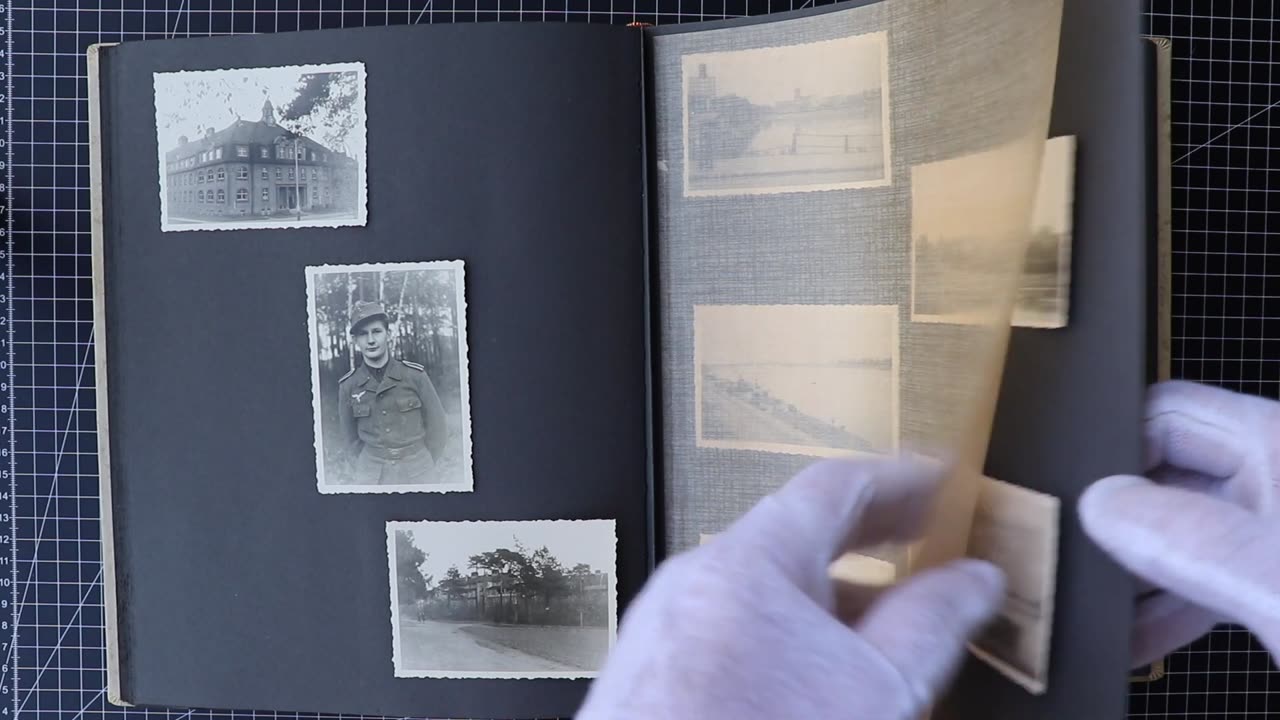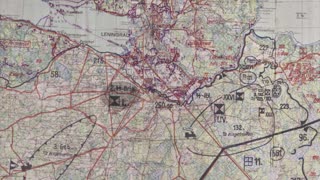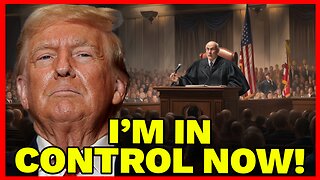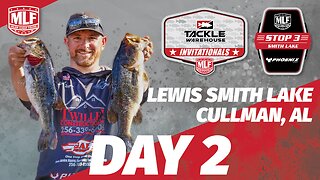Premium Only Content

Panzergrenadier 1943/44 Nr 2 - Eduard Dietl Hero of Narvik - Otto Remer - Operation Typhoon - MG 34
BECOME A CHANNEL MEMBER
www.Patreon.com/Military1945
www.Military1945.com
That’s a clip from 1944 combat footage of Panzergrenadiers on the eastern front and it’s pretty good. Here we see a young soldier, possibly in his baptism of fire, peering into a destroyed Soviet tank. You can imagine the carnage inside.
Today we’ll continue with the 1943-44 photo album that shows a cavalry unit which eventually converted into a PzGr. formation. I’ll talk about how cavalry units were used by the Wehrmacht and we’ll see some associated private training footage. Finally, responding to a comment string in the last video, I talk about leadership styles in the Wehrmacht.
In Part 1 we saw a short clip of a 1944 Panzergrenadier training film. Go become a channel member on Patreon and take a look at the first 10 min of that film. Among other advantages, as a channel member you’ll get access to footage that I get clips from to produce these videos, basically every week. I’ll make sure that it’s worth your while.
Our mystery photographer was not part of this bicycle unit that was also training in northern Germany in the spring of 1943. In the following pages we see his regiment training to become a cavalry formation.
That mobile fighting units that were not motorized were still being formed in 1943 is interesting. Experience with the harsh Russian Winters had proven that non-tracked vehicles were often immobilized.
tracked vehicles generally didn’t have the same problem of getting constantly bogged down but they too suffered mechanical difficulties caused by the biting cold. That’s really nice footage from Army Group Center from 1943. Motorized and mechanized elements, they simply couldn’t compete with the mobility offered by cavalry.
In the Winter, cavalry units performed better and with the increasing problem of resupply, horses could better live off the land.
A number of photographs like this one show the soldiers with their horses out in the field which is good evidence that the photographer himself was on horseback.
During the Soviet counter offensive during the Winter of 1941/42, the Germans, through necessity, began organizing mobilized defensive formations that could be rushed to critical locations along the front. In this role the cavalry units had shown their effectiveness.
Here we see private footage of the training of a cavalry unit in 1941. It’s a misconception that such units attacked on horseback. The horses were used to transport the light infantry to their area of operation where the soldiers would then dismount and act as regular infantry.
At the firing range, this sign reads, no mounted horsemen. The cavalrymen are training on an MG34. Obviously there was never any intention of firing automatic weapons like this from horseback.
And here, I believe, we finally get to see a picture of the photographer. In these photos he seems to be back home on leave. If you recognize any of the locations please let me know in the comment section.
Here I’d like to reflect on a comment string that can be found on part one in this series which referred to the pleasant manner that the officers and men were interacting in the training film clip. The comments left give good insight into why this might be.
Adding to what was left, Wehrmacht officers had the freedom to interact with their subordinates in the way that they believed would achieve the best results. Competent leaders who treated their men with respect and were sincerely interested in their wellbeing were often beloved in return. An example would be General Eduard Dietel, who was in charge of the 20th Mountain Army.
He first gained prominence during the Norwegian campaign and became known as the hero of Narvik. Later during Barbarossa, he was in command far to the north in the push towards Murmansk. Dietl was known for leading from the front, experiencing the same hardships as his men and making sure that his injured soldiers were well taken care of. He had a natural way of interacting that can be clearly seen in the limited film footage that we have.
In contrast, less competent or insecure leaders could treat their subordinates with contempt or even aggression. An example would be Otto Ernst Remer, who played a major role in putting down the failed military putsch which took place after the botched assassination attempt on Hitler on July 20 of 1944. For his actions he was immediately promoted two ranks to become a Colonel and portrayed as a national hero in the news. Realizing himself that he was, to say the least a controversial figure, he played this propaganda role to the hilt.
Had Remer been promoted because of his effective leader skills? No, he’d became the characakture of what the world expected a Nazi to be.
-
 8:46
8:46
Military1945
27 days agoNorwegen Legion Pt 2 - 2nd SS Brigade - Quisling - Heinrich Himmler - Waffen SS - Siege of Leningrad
981 -
 1:56:07
1:56:07
Matt Kohrs
12 hours agoStocks Fall, Breaking Market News & Live Trading $1M || The MK Show
72.9K3 -
 LIVE
LIVE
The Big Mig™
4 hours agoIt’s Time To Pay The Piper Letitia James!
4,694 watching -
 33:37
33:37
Stephen Gardner
15 hours ago🔥Trump's LATEST legal NIGHTMARE explained by Alan Dershowitz!
30.9K52 -
 LIVE
LIVE
Badlands Media
8 hours agoBadlands Daily: April 16, 2025
5,141 watching -
 58:41
58:41
Randi Hipper
2 hours agoCRYPTO WINTER IS BACK? BITCOIN MAJOR LEVEL TO WATCH
34.5K -
 LIVE
LIVE
Wendy Bell Radio
7 hours agoDemocrats Are Making The Icing For Their Midterm Slaughter Cake
8,443 watching -
 1:06:43
1:06:43
Dear America
14 hours agoJoe Biden Emerges From Hibernation + Trump Fires 20,000 IRS Agents, Letitia James Get Karma?!
57.7K34 -
 1:26:12
1:26:12
JULIE GREEN MINISTRIES
5 hours agoLIVE WITH JULIE
182K199 -

Major League Fishing
2 days agoLIVE Tackle Warehouse Invitationals, Stop 3, Day 2
29.8K